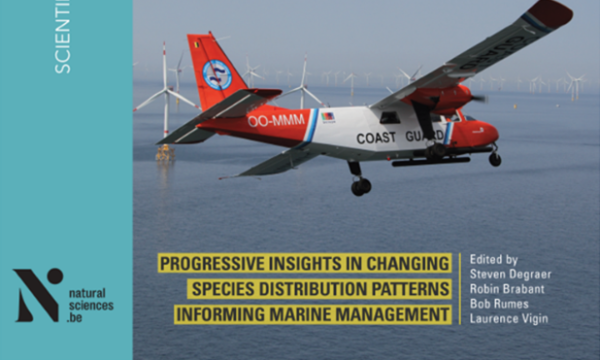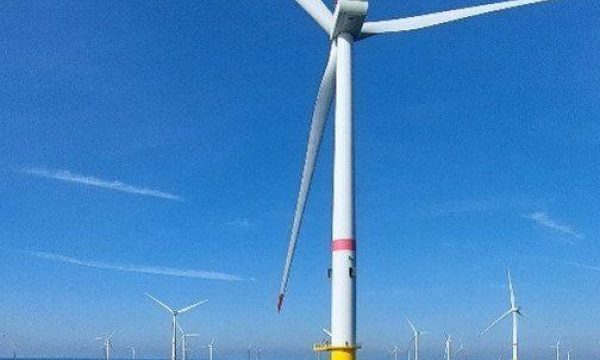Press release Environmental impacts of offshore wind farms in the Belgian North Sea: attraction, avoidance and habitat use at different spatial scales
In a new annual report, the scientists monitoring the environmental impact of offshore wind farms in the Belgian part of the North Sea give an overview of their latest findings. Once again, it contains some surprising revelations. The results show that life in and around the wind farms is not yet stable even 13 years after construction. Examples include that the biodiversity of communities colonizing the wind turbines is increasing again after a decline in previous years, and that seabird movements vary more spatially and temporally than previously known. The risk of songbird collisions is now better understood and measures are proposed for periods of intense bird migration. Artificial reefs between turbines continue to develop, with some fish species attracted by the growing amount of food these reefs provide. Echolocation data show that restrictive measures for underwater noise effectively reduce the effect of pile-driving on porpoises.
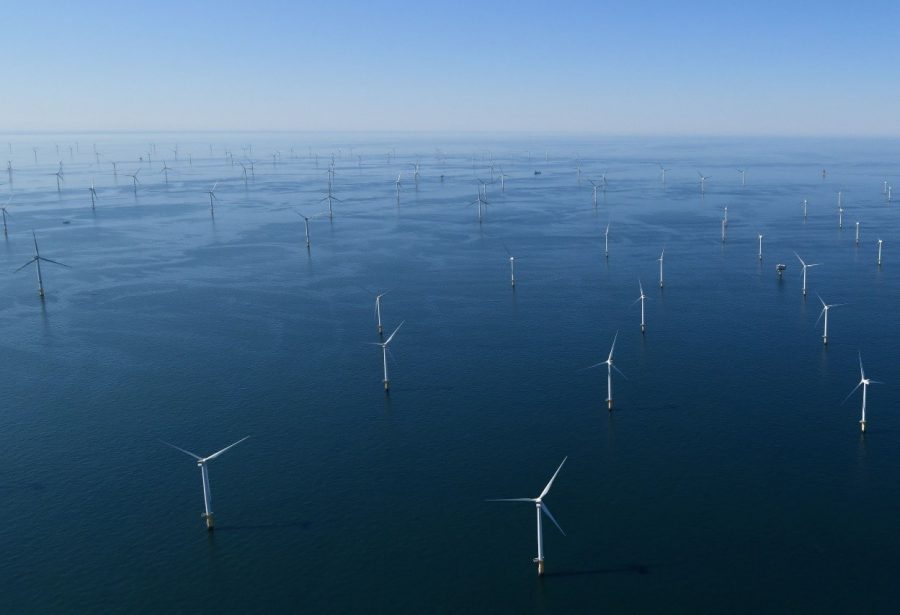
On December 31, 2019, Belgium submitted a National Energy and Climate Plan to the European Commission that provides for a 17.5% target for the contribution of electricity generation from renewable energy sources by 2030. Offshore wind farms in the Belgian part of the North Sea are expected to make a significant contribution. They already do - currently 10% of Belgium's total electricity demand, or 50% of the electricity demand of all Belgian households, is already produced by offshore wind farms. This is achieved by a total of 399 turbines in eight wind farms, grouped in a zone of 238 km² along the border with the Netherlands. After 12 years of construction, this zone was fully operational as of the end of 2020, accounting for an installed capacity of 2.26 gigawatts (GW) and an average production of 8 TWh. This puts Belgium in 5th place worldwide in the production of this form of energy. A second renewable energy zone of 285 km² is planned in the new Belgian Marine Spatial Plan (2020-2026), aiming for an installed capacity of 3.1 to 3.5 GW in this zone.

Science, policy and industry set sail in the same direction
Before installing a wind farm, a developer must obtain a domain concession and an environmental permit. The environmental permit contains conditions to minimize and mitigate the project's impact on the marine ecosystem. As required by law, the permit also imposes a monitoring program to track impacts on the marine environment.
For offshore wind farms in the Belgian part of the North Sea, the monitoring program WinMon.BE tracks the extent of expected and unexpected impacts on the marine ecosystem and tries to uncover the processes behind these impacts.
Growing insight into the environmental effects
The scientists from WinMon.BE immediately started monitoring the environmental impact at the beginning of the construction of the first Belgian offshore wind turbines in 2008. This has enabled them to develop extensive knowledge and expertise with regard to monitoring methods and real-life environmental impact. "Belgium now has the longest time series of data on the environmental impact of offshore wind farms in the world, and many countries are looking to the Belgian example for inspiration to start similar programs," says Steven Degraer (KBIN/MARECO), coordinator of the WinMon.BE consortium. "The time series has already provided unique insights, but we are still regularly confronted with surprising results that lead to new knowledge. This illustrates the importance of sustaining long-term monitoring, and substantiates why we must remain flexible in our interpretations and in adjusting human activities at sea."
In their latest report, the WinMon.BE partners provide an overview of the latest scientific findings of environmental monitoring in Belgian offshore wind farms, based on data collected through 2020. They zoom in on patterns of attraction, avoidance and habitat use at different spatial scales (wind farm, turbine and microhabitat scales) and across different ecosystem components (marine mammals, birds, fish and invertebrates living on the seabed and turbines). They also demonstrate how increasing knowledge is being used to design appropriate measures to mitigate undesirable effects or promote desired effects.
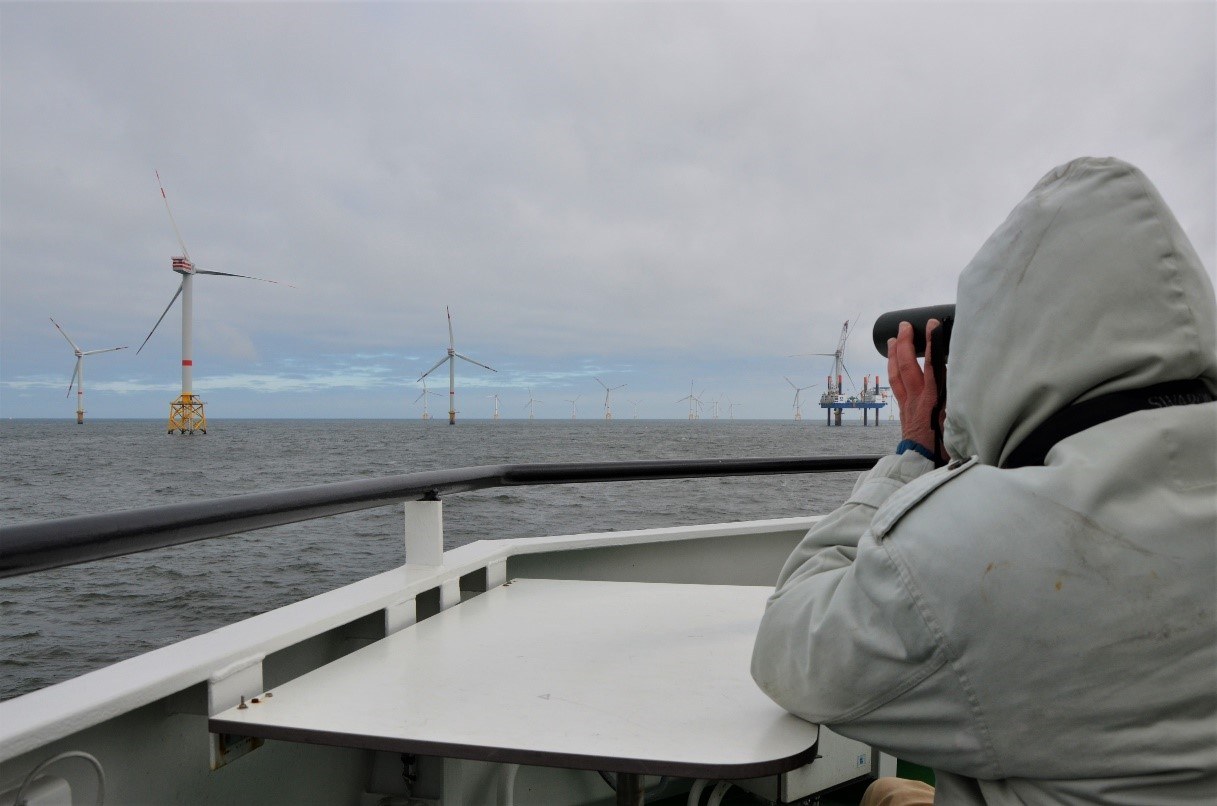
Overview of the results
Effects on the seabed and the organisms living there (benthos)
At the start of monitoring in the wind farm closest to the coast, it became clear that this area is home to a wide diversity of bottom-dwelling biological communities. The response of these valuable communities to the long-term presence of wind turbines and the exclusion of fishing will be closely monitored in the coming years.
In the long-standing wind farms, colonization by marine organisms and effects on the seabed were continuously monitored. Initially, colonization by invertebrates and fish that prefer hard substrates in the immediate vicinity of individual wind turbines was particularly visible. Ten years after construction, it has now been observed that these local effects extend to the soft sediments between the turbines. Artificial reefs are being formed, with more epibenthic (bottom-dwelling) invertebrates and fish associated with hard substrates now also residing on the soft sediments. These include the mussel (Mytilus edulis), anemones, the common starfish (Asterias rubens), the common sea apple (Psammechinus miliaris), the shaggy crab (Pilumnus hirtellus) and the sea bass (Dicentrarchus labrax). For epibenthic species, this also leads to significantly higher overall densities and biomass in the wind farms.
The attraction of fish to the offshore wind farms occurs mainly at the scale of individual turbines. Plaice (Pleuronectes platessa), a commercial flatfish species, are attracted to the sandy patches between the erosion protection around offshore wind turbines because they provide optimal feeding and hiding opportunities. Benthopelagic fish such as stonefish (Trisopterus luscus) and cod (Gadus morhua), which traditionally reside around the turbines and their foundations, have previously been shown to be attracted to the artificial reefs under development, as these provide excellent foraging opportunities for these species.
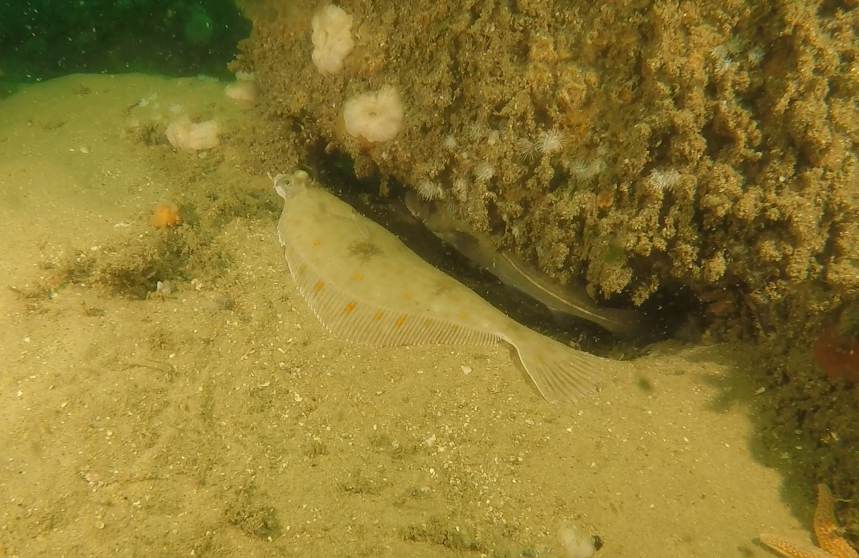
Developments in the water column
In the biological community that is developing on the turbine foundations, species interactions start to play an important role. The shells of mussels form a secondary habitat of hard substrate that attracts other colonizing organisms, contributing to an increase in species richness. A comparison of the species composition of the initial (mussels not predominant) and adult (mussels predominant) colonizing communities showed that 21 of the 47 species identified grew exclusively on mussel shells. These were all species that live attached, mainly shellfish, arthropods, worms, and moss creatures. This effect counters the impoverishment of species richness previously observed as a result of the abundant presence of the sea anchovy (Metridium senile).
The piling of foundations during the construction of offshore wind farms causes significant noise pollution. Porpoises (Phocoena phocoena), well-established cetaceans in the Belgian part of the North Sea, are known to avoid areas with excessive noise levels. Therefore, the application and effects of potential mitigation measures received considerable attention. By comparing acoustic monitoring data from 2016 (when no mitigation was applied) and 2019 (application of double bubble curtains), it was found that mitigating measures for underwater noise effectively reduce porpoise escape from the construction area, both in space and time.

And above the water?
The extent to which offshore wind farms result in seabird displacement has proven to be a complex process. The attraction to and avoidance of wind farms by seabirds has multiple causes, including visual disturbance from the turbines and the presence of offshore resting and foraging opportunities, and may also be partially explained by the absence of fishing in the Belgian wind farms. Ongoing monitoring is now beginning to provide more insight into spatial and temporal variation in seabird responses. Spatial variation may be due to differences in local habitat quality, size and configuration of the wind farm, as well as its location in relation to bird colonies and chosen foraging areas. Temporal variation may depend on the life cycle of the species. In this context, it now appears that adult lesser black-backed gulls (Larus fuscus) from nearby breeding colonies marked with GPS tags were not attracted to the Norther wind farm, while those species that were attracted to the more offshore Belwind wind farm included migrating and immature individuals. In the longer term, some seabirds may also become accustomed to the presence of offshore wind turbines. This could be the case for the Northern Gannet (Morus bassanus), the Guillemot (Uria aalge) and the Razorbill (Alca torda), which seemed to avoid the wind farms in the past but were all present in good numbers during the most recent monitoring survey.
When flying at rotor height, migrating songbirds are also at risk of colliding with offshore wind turbines. The intensity of songbird migration is particularly high at night, as confirmed by continuous bird radar surveys in a Belgian offshore wind farm. The risk of collisions increases when weather conditions deteriorate. An effective measure to reduce the number of bird collisions is to temporarily stop the turbines when high migration intensity is detected at rotor height. A modeling study shows that a total of 682 songbird collisions would have been avoided in the fall of 2019 if the turbines of all Belgian offshore wind farms had been put on hold when bird flux exceeded 500 birds per km and hour at rotor height. Although we do not know which species are involved, these collisions with songbirds are unlikely to have a significant effect at the population level. Whether this will still be the case for the cumulative effects of all planned wind farms in the North Sea is currently unknown.
Het monitoringprogramma WinMon.BE is een samenwerking tussen het Koninklijk Belgisch Instituut voor Natuurwetenschappen (KBIN), het Instituut voor Natuur- en Bosonderzoek (INBO), het Instituut voor Landbouw-, Visserij- en Voedingsonderzoek (ILVO) en de Onderzoeksgroep Mariene Biologie van de Universiteit Gent, en wordt gecoördineerd door het team Mariene Ecologie en Beheer (MARECO) van het Koninklijk Belgisch Instituut voor Natuurwetenschappen.WinMon.BE is performed on assignment of the Belgian government in the framework of the environmental permit for offshore wind farms. The research vessel Belgica was used for monitoring (time on the vessel was made available by BELSPO and KBIN - OD Natuur), the research vessel Simon Stevin (used by VLIZ) and the KBIN observation aircraft.

